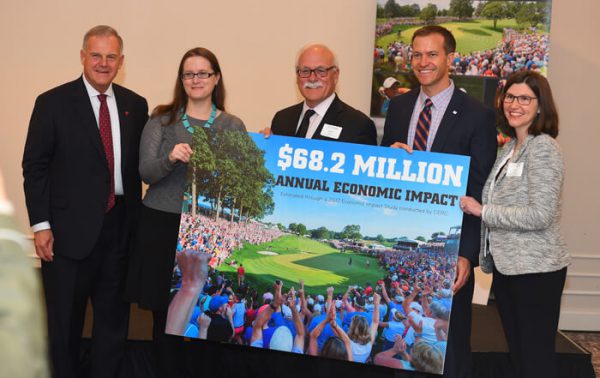Girls With Impact, Girl Scouts Collaborate to Increase Entrepreneurship Among Teen Girls
/In an effort to get girls career-ready, Connecticut-based Girls With Impact, the nation’s only tech-enabled entrepreneurship program for teen girls, is launching a partnership with Girl Scouts of Connecticut to enable girls to parlay their cookies experience into their own businesses.
“Entrepreneurship is one of the four programmatic pillars that comprise the Girl Scout Leadership Experience,” said Mary Barneby, CEO for Girl Scouts of Connecticut. “We welcome the opportunity to partner with Girls With Impact to provide our older Girl Scouts with a ‘virtual MBA’ in developing their own business plans. We are creating the next generation of female leaders and programs like this give our girls a real edge and help them become more confident and career-ready.”
Girls With Impact CEO Jennifer Openshaw says her goal is to train 10,000 young women as entrepreneurs, equipping them with the skills to start businesses or serve as innovators within corporate America.
Girl Scouts members will be entitled to participate in the Girls With Impact Academy – a 12-week “mini-MBA” program, valued at $2,000, that equips girls with business skills. The program, now in its third year, has helped some past participants to earn full scholarships at top colleges. Sessions are offered throughout the year, with various schedules. The reduced fee for Girl Scouts will be just $450, and scholarships are available.
It is both a skills-builder and confidence builder, critical for teenage girls as they navigate their teens and look forward to careers. Openshaw points out that only 6 percent of Fortune 500 CEOs are women and just 36 percent of entrepreneurs are women. Those are statistics she hopes to change. The after-school, extra-curricular program has seen exceptional results in confidence, empowerment, college prep and career readiness, including STEM areas.
 “Girl Scouts is one of our nation’s most powerful leadership training grounds for young women,” said Openshaw. “We’re thrilled to support Girl Scouts as it seeks to modernize and remain relevant for young women in the new global economy.”
“Girl Scouts is one of our nation’s most powerful leadership training grounds for young women,” said Openshaw. “We’re thrilled to support Girl Scouts as it seeks to modernize and remain relevant for young women in the new global economy.”
Girl Scouts of Connecticut serves over 26,000 girls and over 12,000 adults giving girls the skills they need to empower themselves for life. Through the Girl Scout Cookie Program, the largest girl-led entrepreneurial program in the world, Girl Scouts learn five essential skills that they will carry with them for a lifetime: goal setting, decision making, business skills, money management, and people skills.
Through the Digital Cookie® platform, Girl Scouts are able to take their cookie businesses online, using their own personal website to reach customers across the country, experiencing true enterprise. Barneby called on girls to bring a friend to Girls With Impact and “build your network for tomorrow.” She says the tech delivery enables girls to connect with others nationwide and build that support system so critical to career success.
Girls With Impact, a nonprofit, is the nation’s only entrepreneurship program just for teen girls, delivered live from the home or road. Applications are accepted at www.girlswithimpact.com.


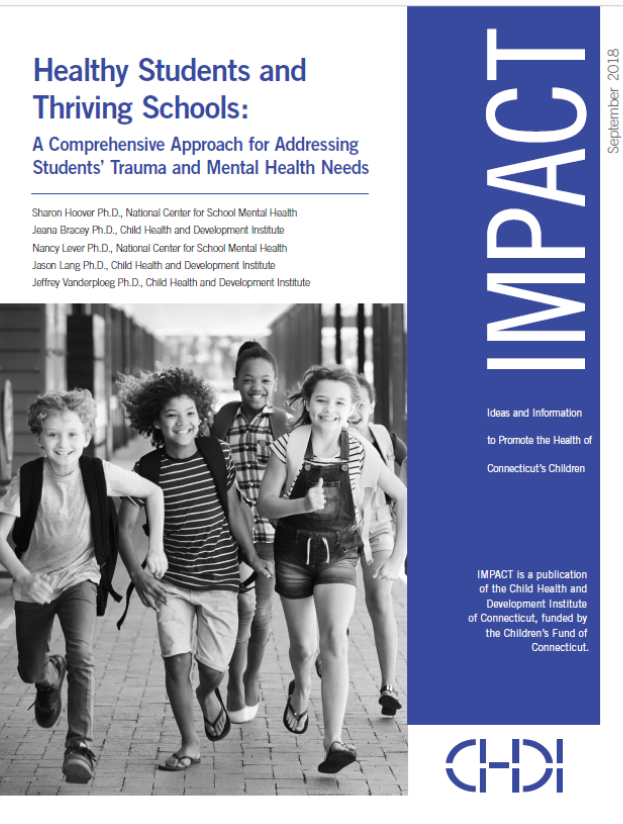 The 40-page report, developed by The Child Health and Development Institute of Connecticut (CHDI), a subsidiary of the Children’s Fund of Connecticut, in partnership with the national Center for School Mental Health at the University of Maryland, provides a framework for policymakers and school districts interested in improving outcomes by addressing the mental health and trauma needs of students. The report indicates that “in a typical classroom of 25 students, approximately five will meet criteria for a mental health disorder but most of them are not receiving appropriate mental health treatment or support. Among those who do access care, approximately 70 percent receive services through their schools.”
The 40-page report, developed by The Child Health and Development Institute of Connecticut (CHDI), a subsidiary of the Children’s Fund of Connecticut, in partnership with the national Center for School Mental Health at the University of Maryland, provides a framework for policymakers and school districts interested in improving outcomes by addressing the mental health and trauma needs of students. The report indicates that “in a typical classroom of 25 students, approximately five will meet criteria for a mental health disorder but most of them are not receiving appropriate mental health treatment or support. Among those who do access care, approximately 70 percent receive services through their schools.”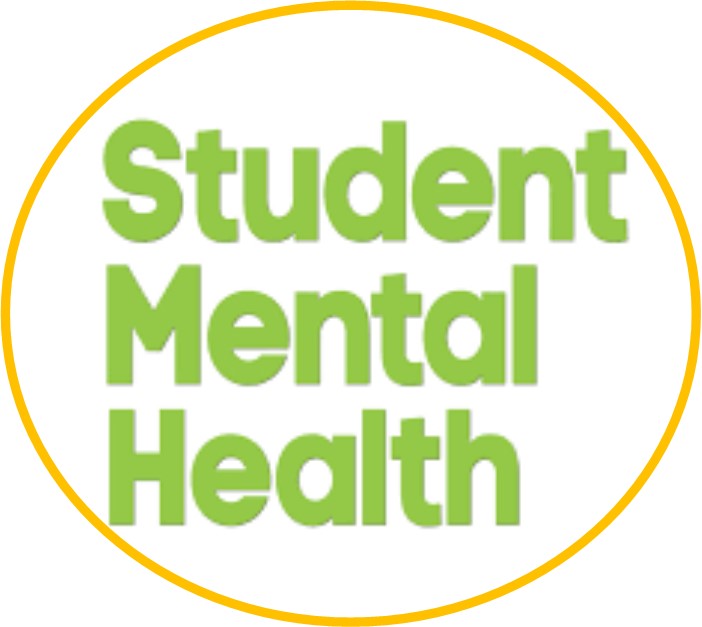 “Approaching student mental health with a comprehensive lens that integrates health promotion, prevention, early intervention, and more intensive treatments leads to better school, student and community outcomes," said Dr. Sharon Hoover, Co-Director of the Center for School Mental Health at the University of Maryland and lead author of the report.
“Approaching student mental health with a comprehensive lens that integrates health promotion, prevention, early intervention, and more intensive treatments leads to better school, student and community outcomes," said Dr. Sharon Hoover, Co-Director of the Center for School Mental Health at the University of Maryland and lead author of the report.
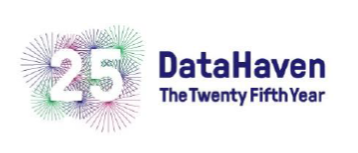


 According to the Nature Conservancy, Bridgeport currently has a 19% tree canopy cover, for example. If all open spaces, vacant lots and parking lots could be planted, the city would have a 62% tree canopy cover. The ramifications would be substantial, impacting various health and quality of life factors.
According to the Nature Conservancy, Bridgeport currently has a 19% tree canopy cover, for example. If all open spaces, vacant lots and parking lots could be planted, the city would have a 62% tree canopy cover. The ramifications would be substantial, impacting various health and quality of life factors.

 “This is an exciting opportunity for all of us at Foodshare. More produce and healthier options: that’s the future of food banking,” said Jason Jakubowski, President and CEO of Foodshare.
“This is an exciting opportunity for all of us at Foodshare. More produce and healthier options: that’s the future of food banking,” said Jason Jakubowski, President and CEO of Foodshare. state with a lower rate was Massachusetts.
state with a lower rate was Massachusetts. 

 Once every 19 minutes, a senior citizen in America dies as a result of injuries sustained during a fall. The older Americans became, the greater their risk of dying from a fall. In 2016, there were 15.6 fatal falls for every 100,000 Americans between the ages of 65 and 74. Among adults ages 75 to 84, there were 61.4 such deaths per 100,000 people. And for those ages 85 and up, there were 247.9 fatal falls per 100,000 people.
Once every 19 minutes, a senior citizen in America dies as a result of injuries sustained during a fall. The older Americans became, the greater their risk of dying from a fall. In 2016, there were 15.6 fatal falls for every 100,000 Americans between the ages of 65 and 74. Among adults ages 75 to 84, there were 61.4 such deaths per 100,000 people. And for those ages 85 and up, there were 247.9 fatal falls per 100,000 people. More than 250 attendees will include consultants, coaches, funders, academics, and executives from across the country. The conference intends to “convene the diverse perspectives that shape and advance our field.”
More than 250 attendees will include consultants, coaches, funders, academics, and executives from across the country. The conference intends to “convene the diverse perspectives that shape and advance our field.”


 CERC first conducted an impact analysis of the tournament in 2011, and completed another impact analysis for the Travelers Championship in 2017. The results were compared, to look at the changes over time and factors that may have influenced changes in the tournament’s economic effects.
CERC first conducted an impact analysis of the tournament in 2011, and completed another impact analysis for the Travelers Championship in 2017. The results were compared, to look at the changes over time and factors that may have influenced changes in the tournament’s economic effects.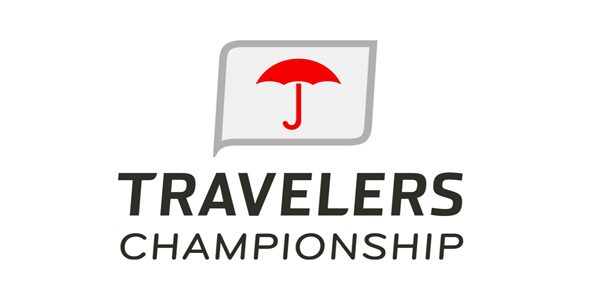 With record attendance, sales and fan engagement, the 2017 Travelers Championship raised the bar across the board through a strategic approach that focused on providing a first-class experience for fans, players, sponsors, volunteers and charity, officials pointed out. This marks the first time that the Travelers Championship has been recognized as “Tournament of the Year.”
With record attendance, sales and fan engagement, the 2017 Travelers Championship raised the bar across the board through a strategic approach that focused on providing a first-class experience for fans, players, sponsors, volunteers and charity, officials pointed out. This marks the first time that the Travelers Championship has been recognized as “Tournament of the Year.”
